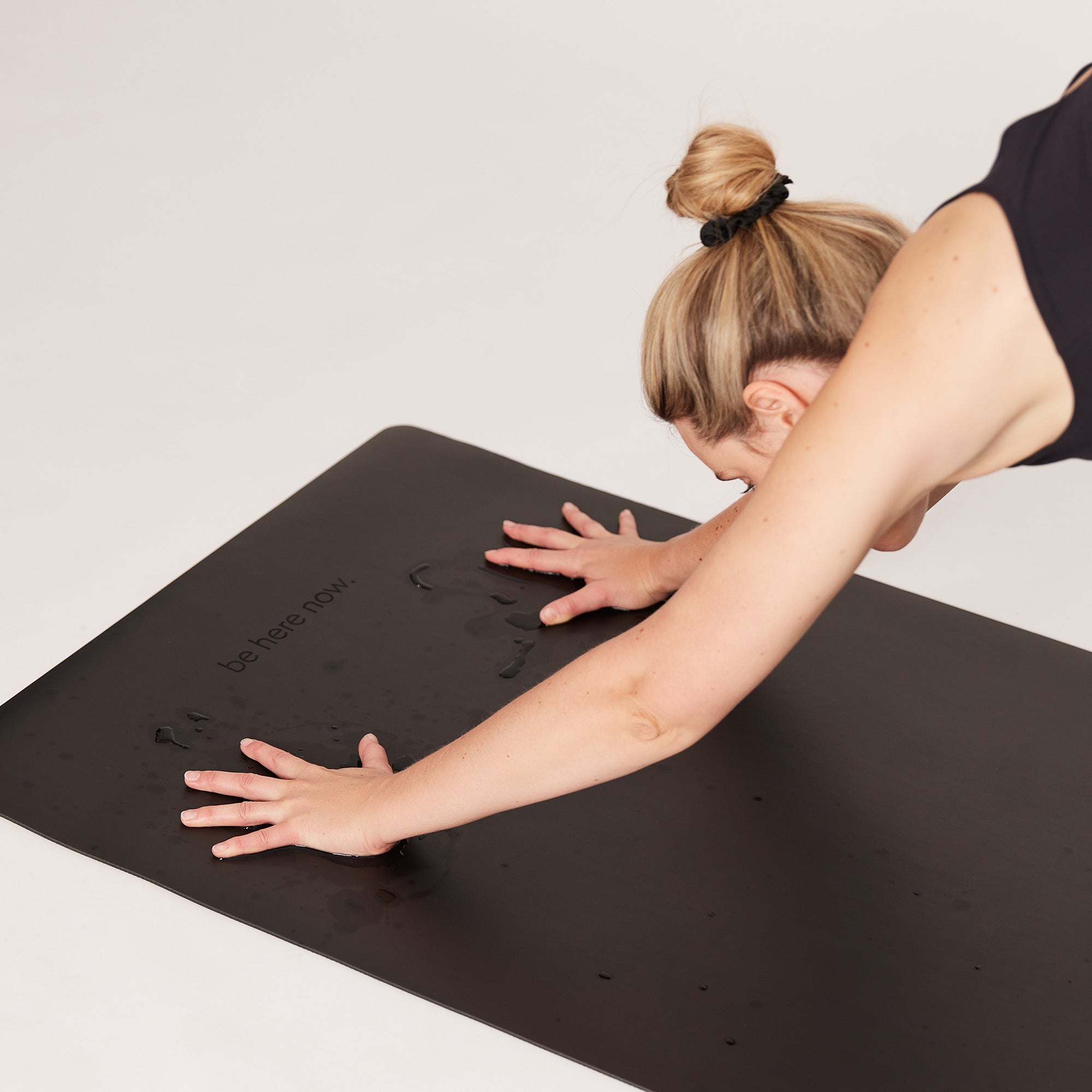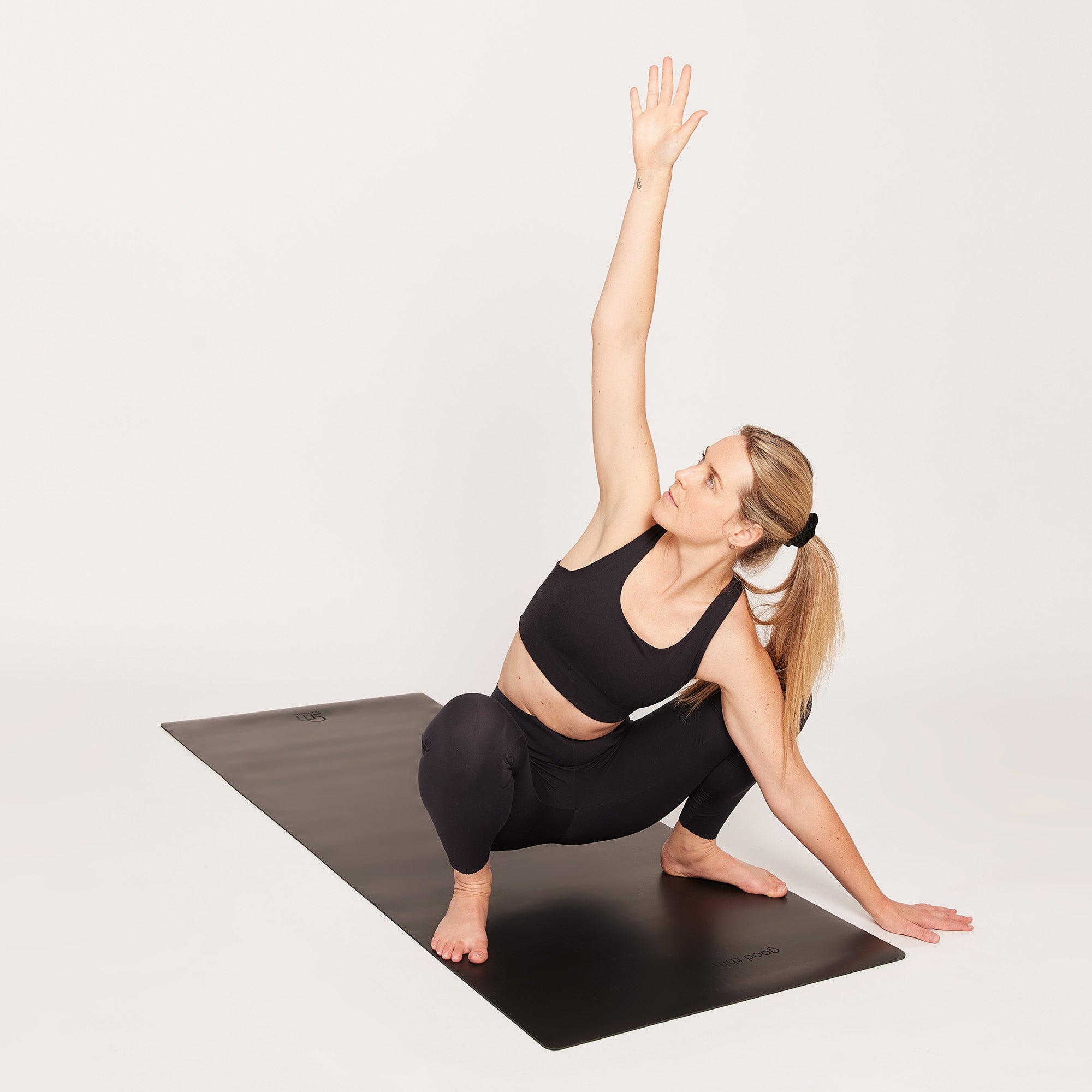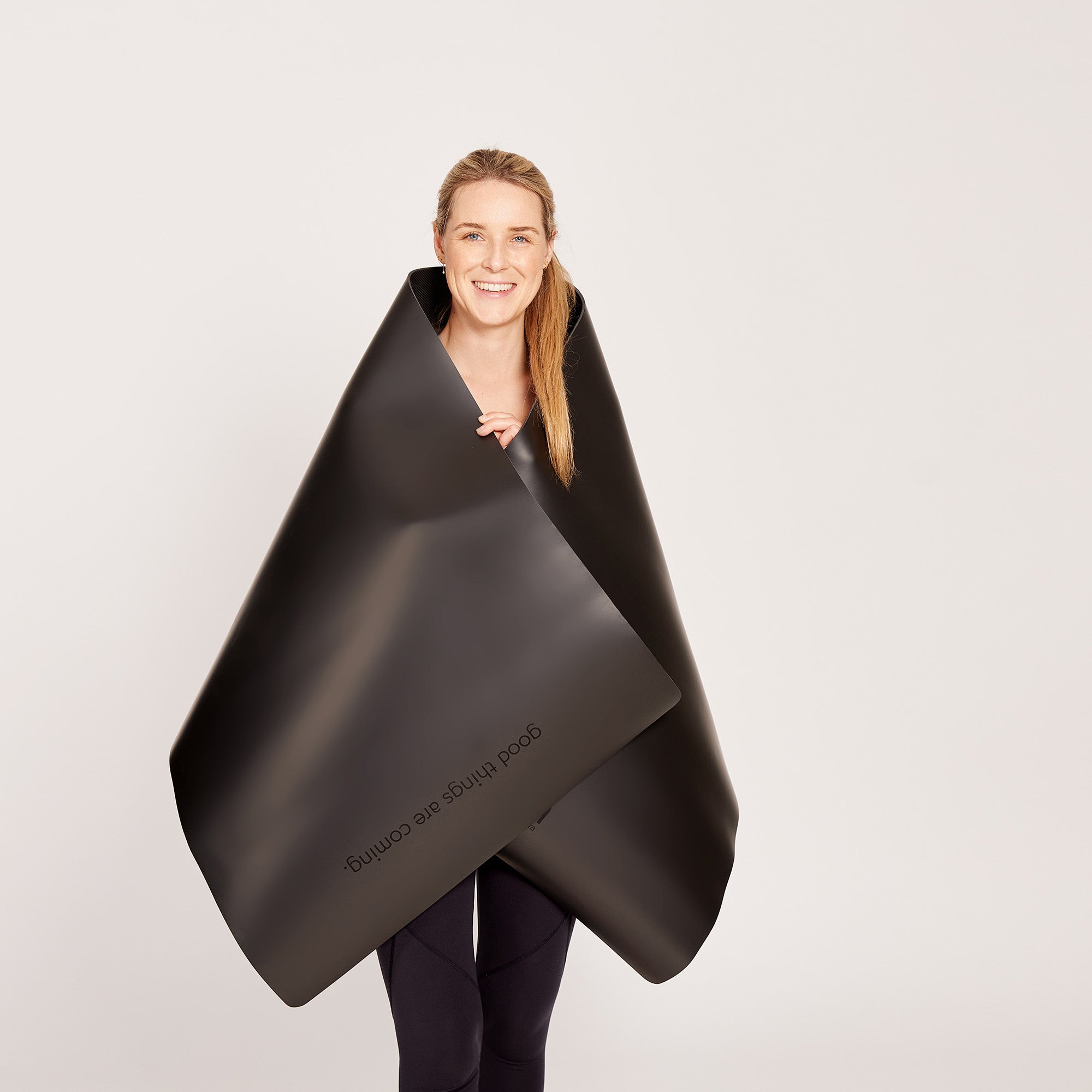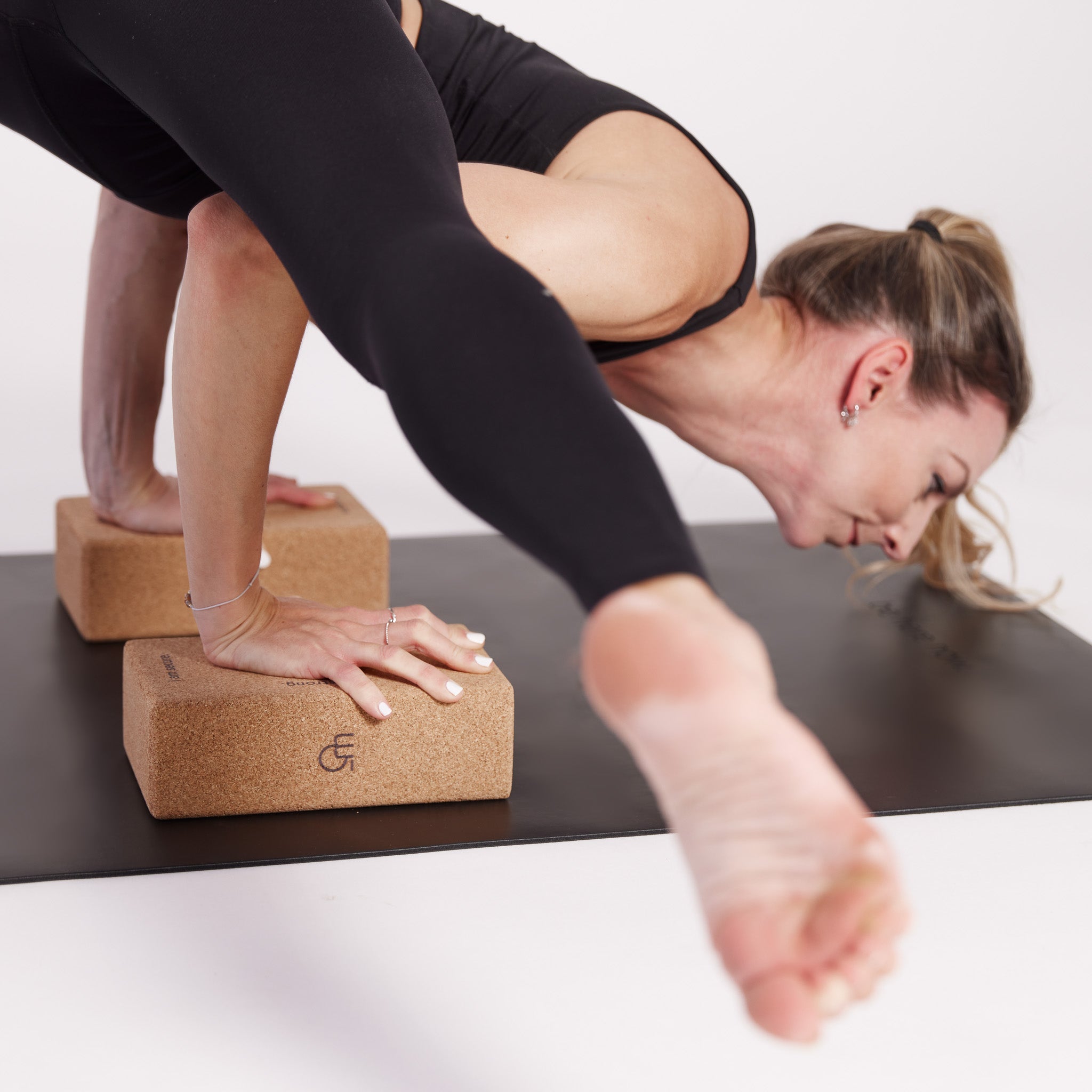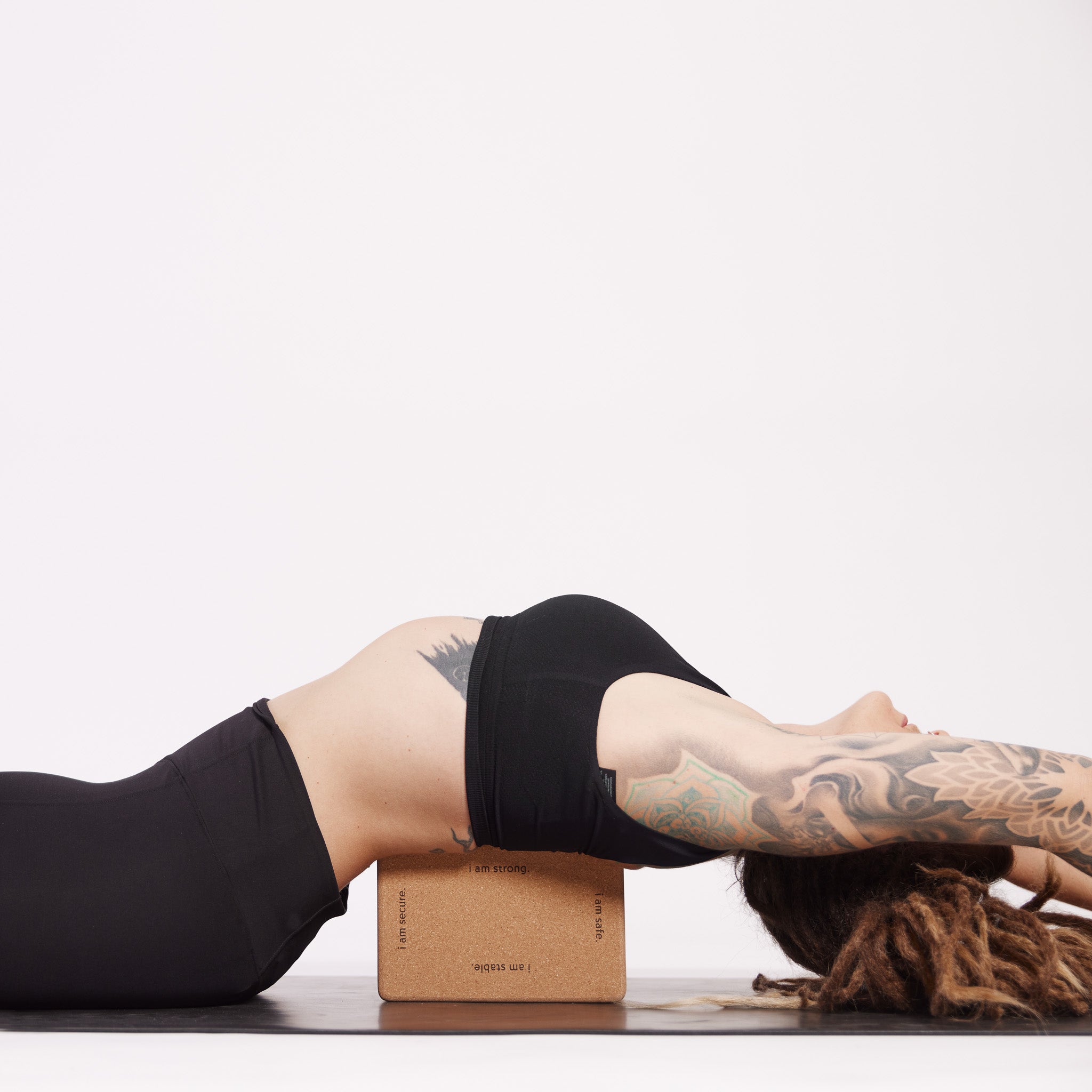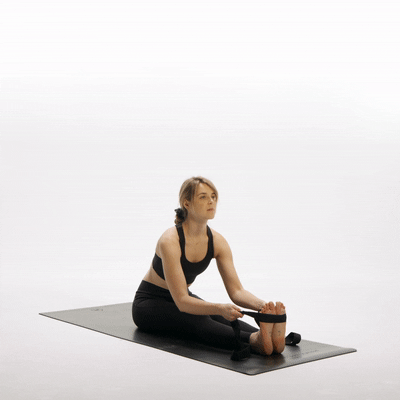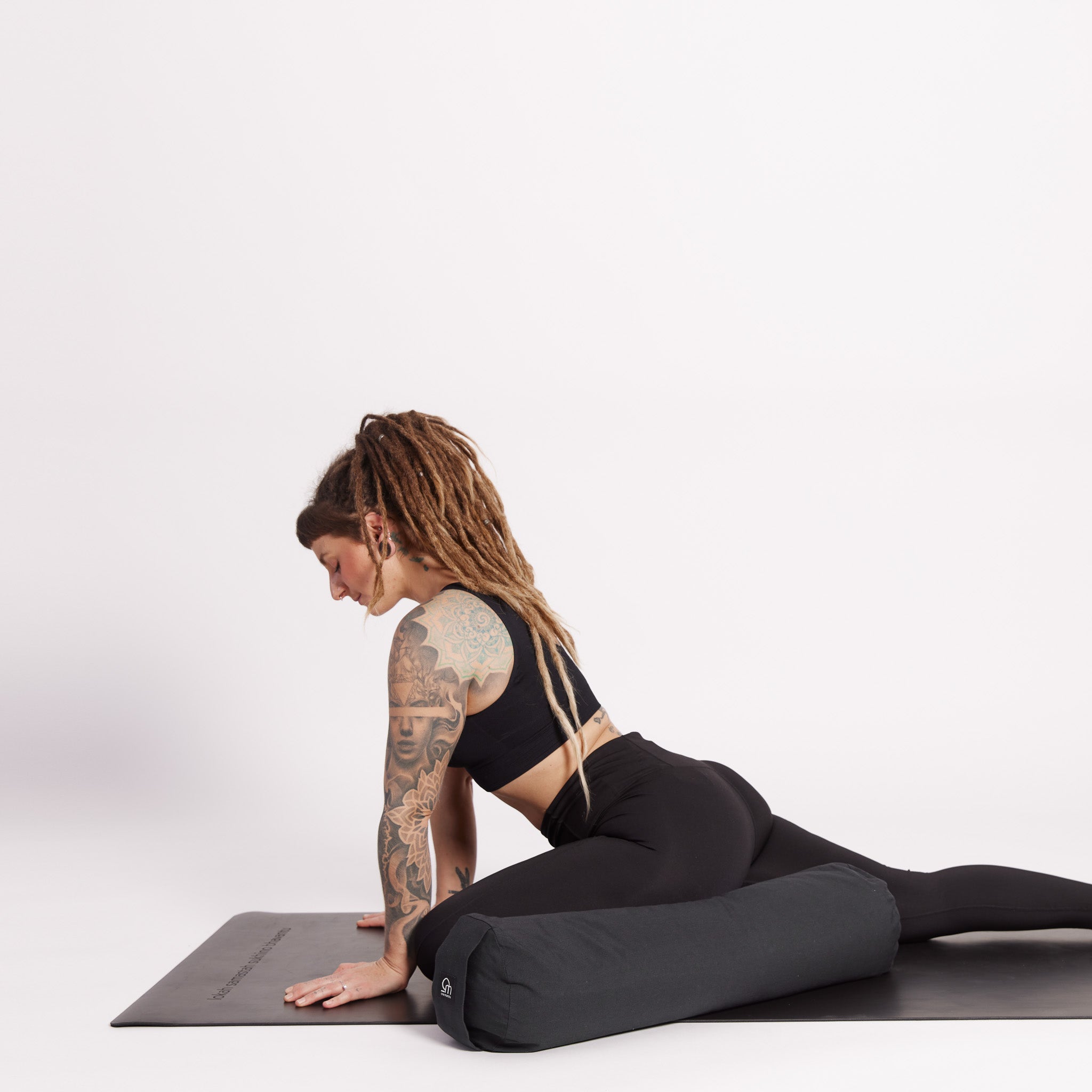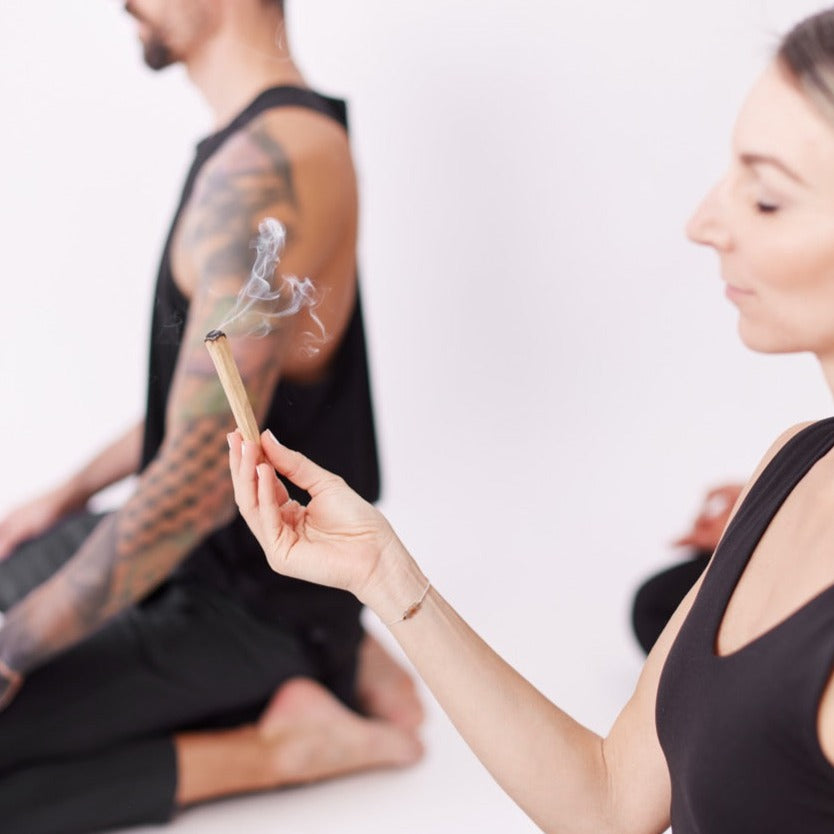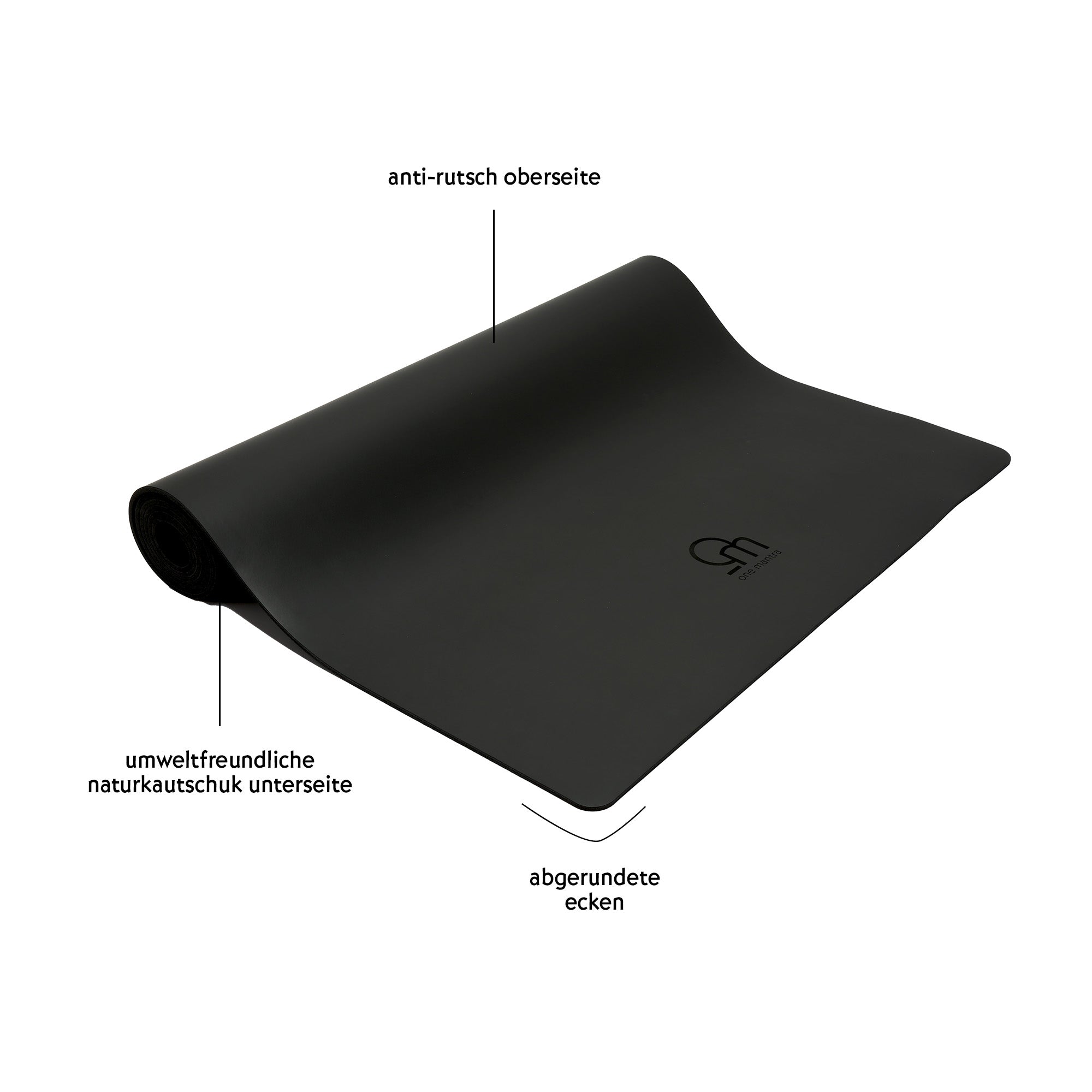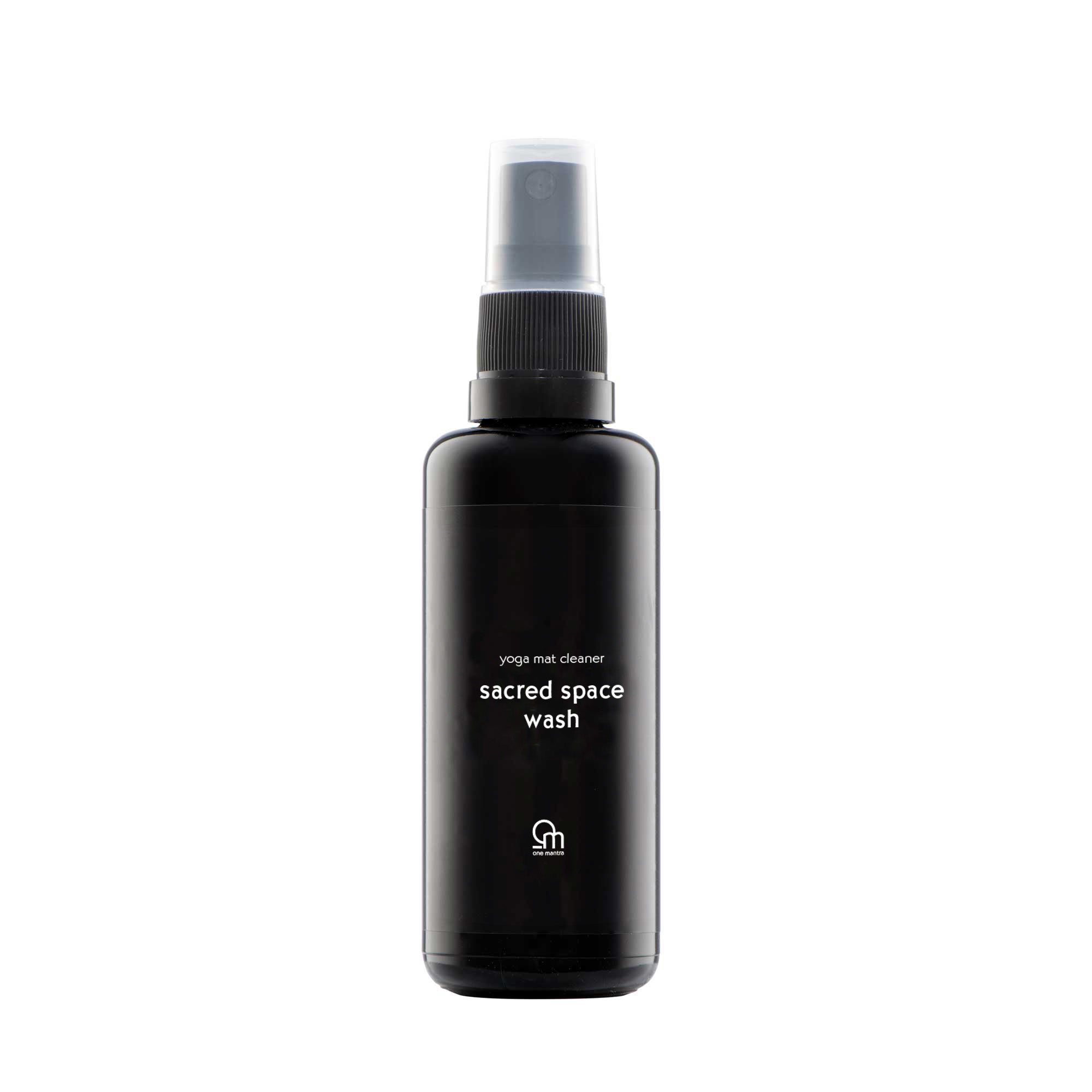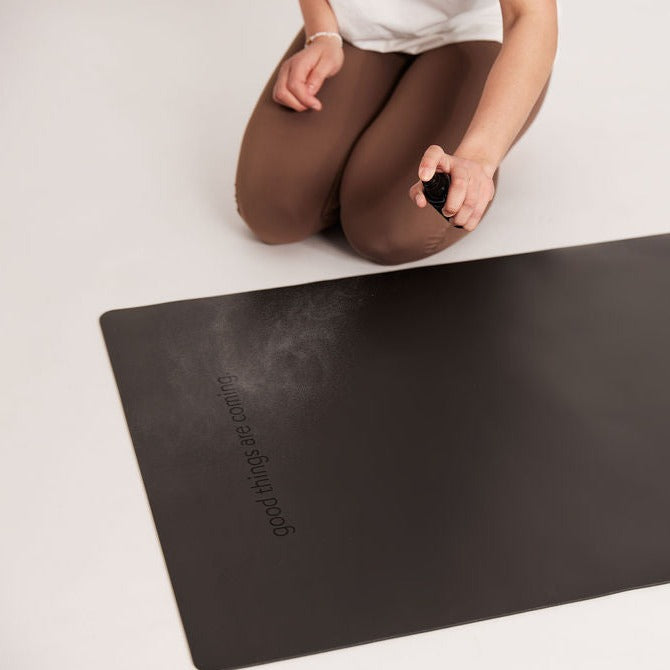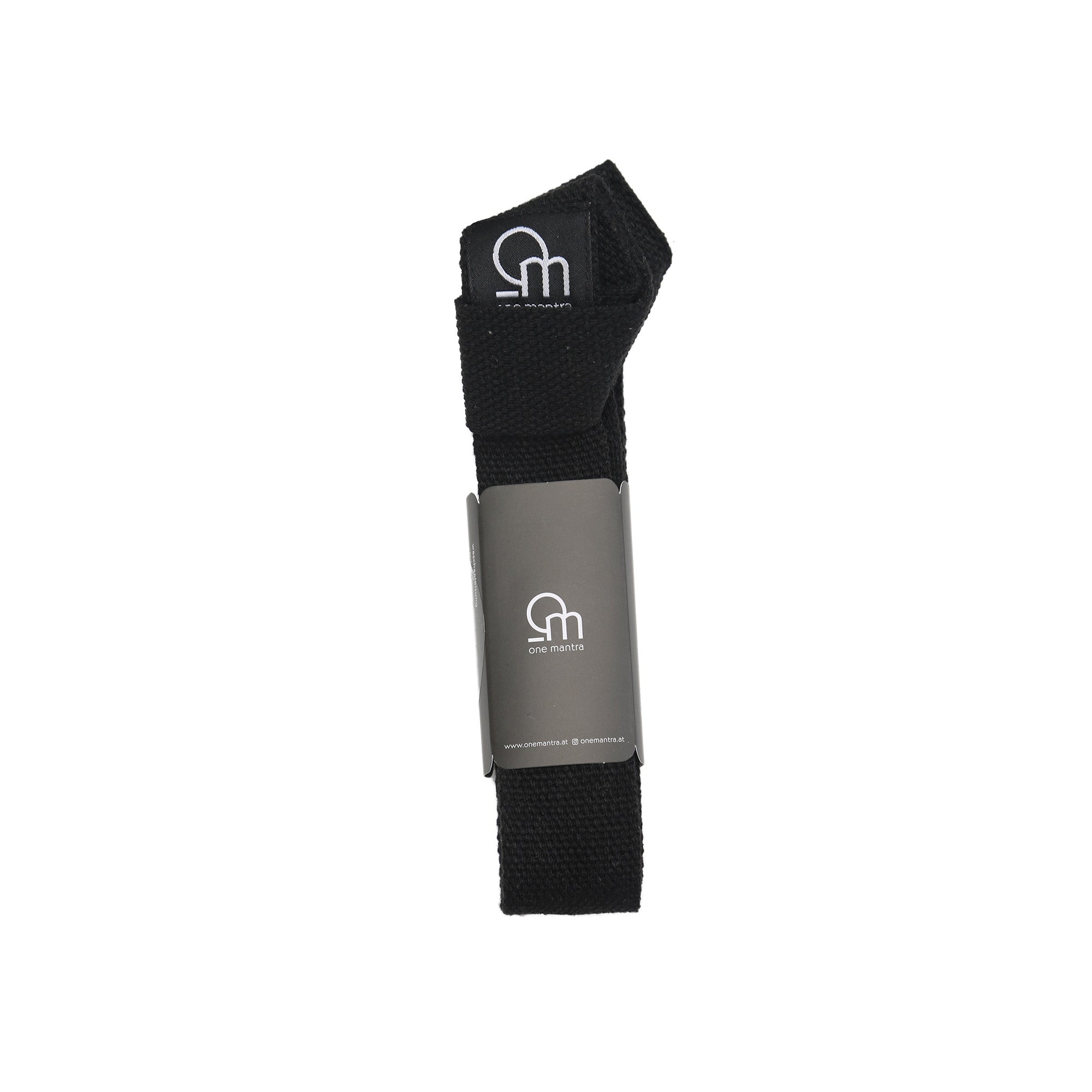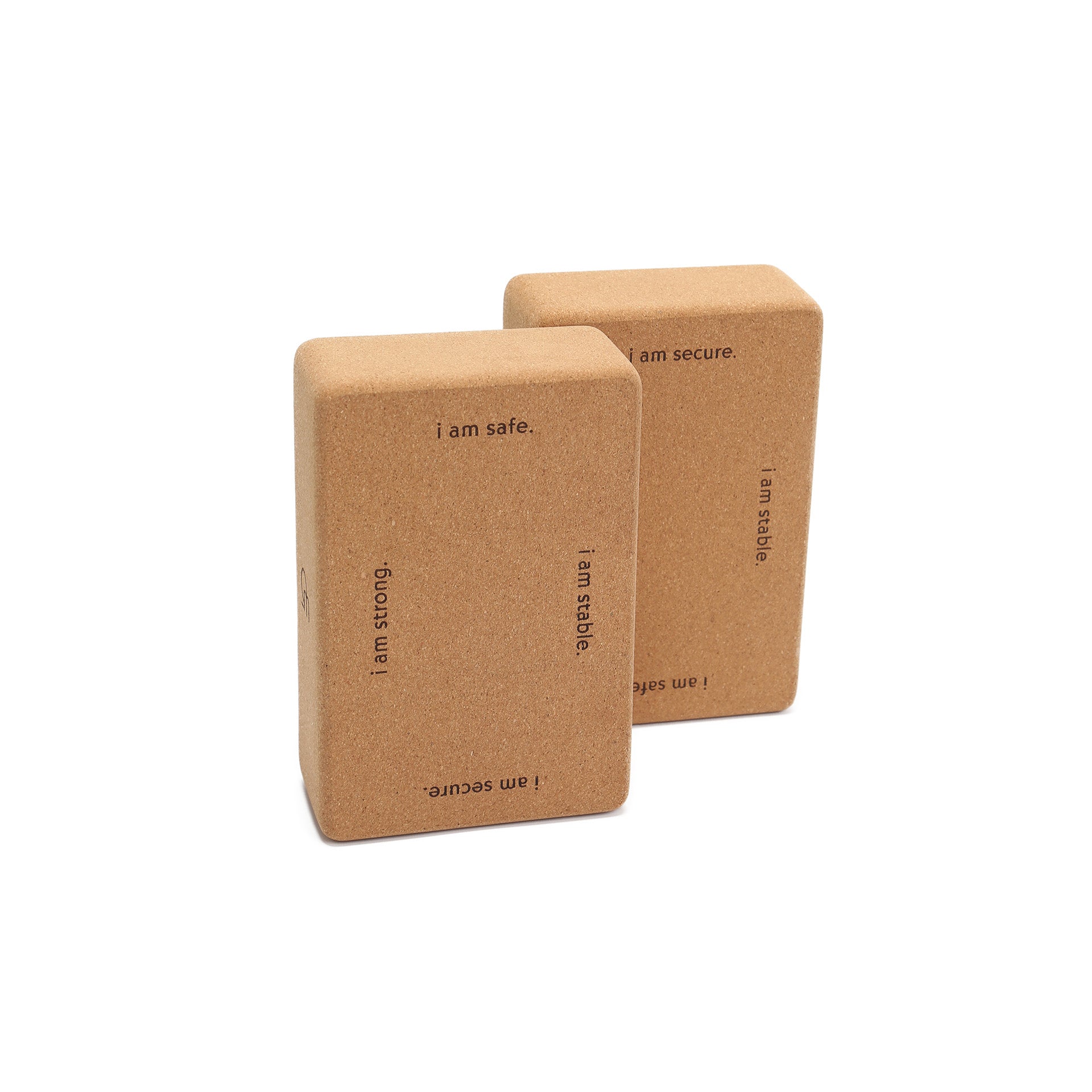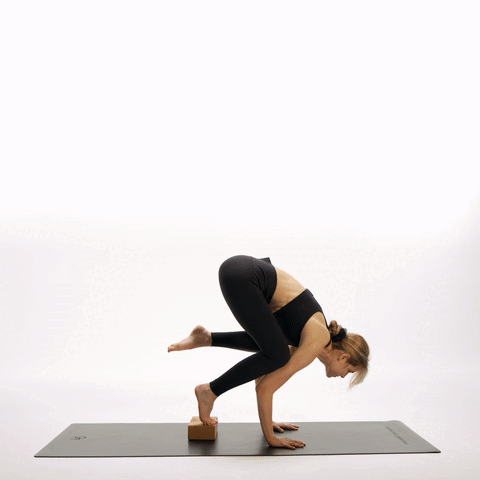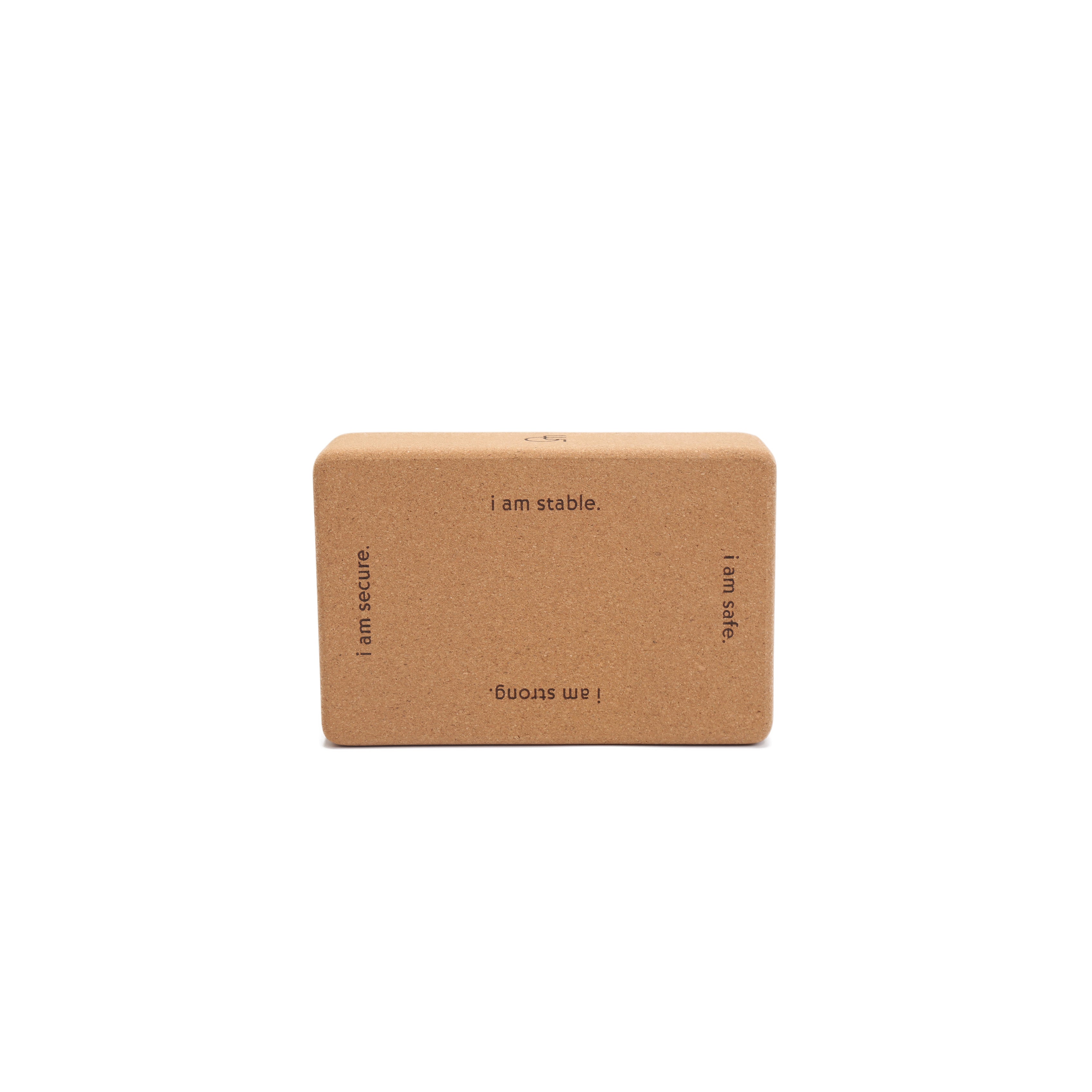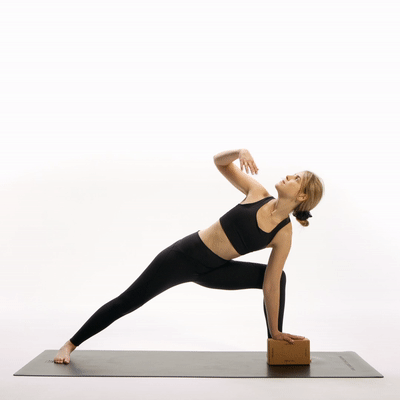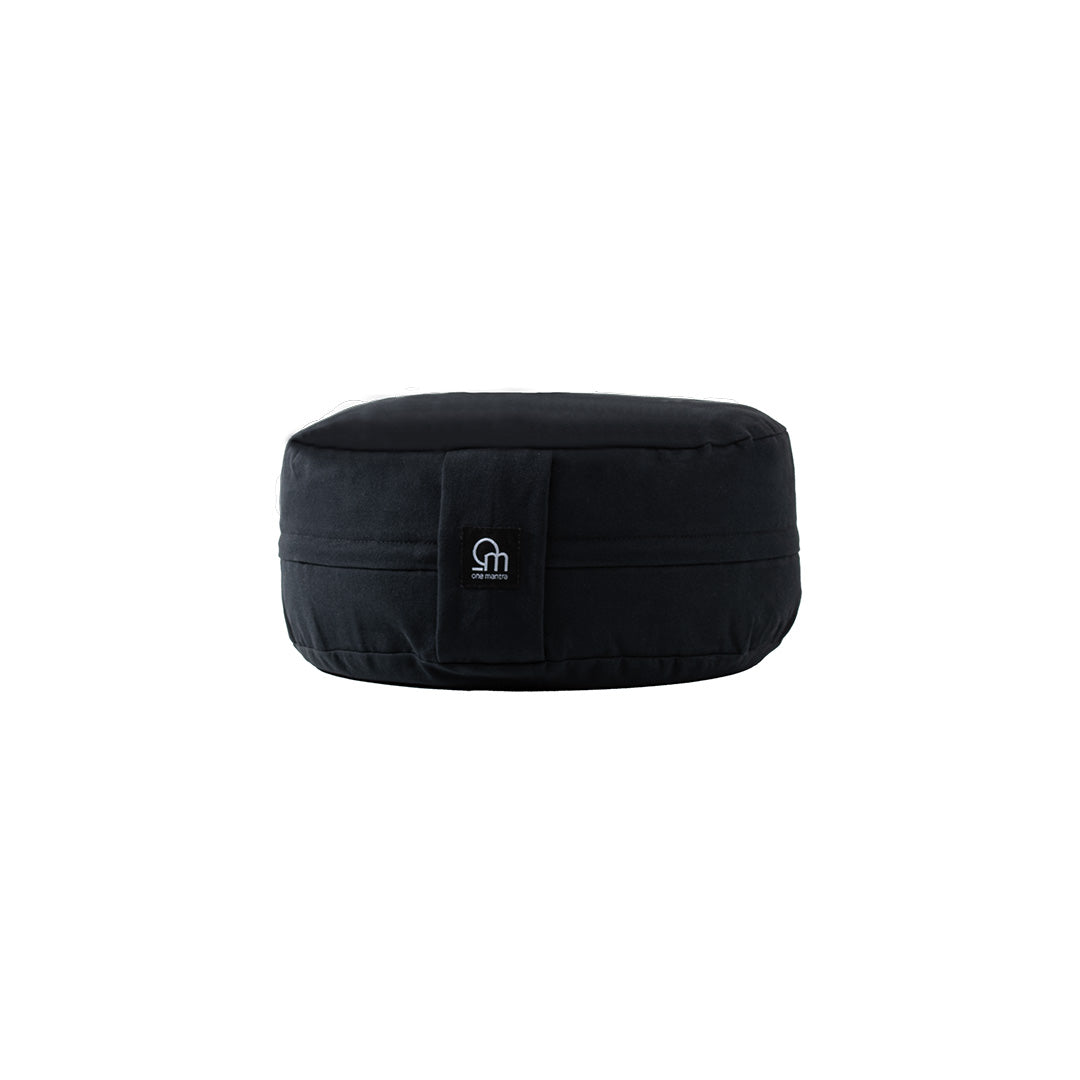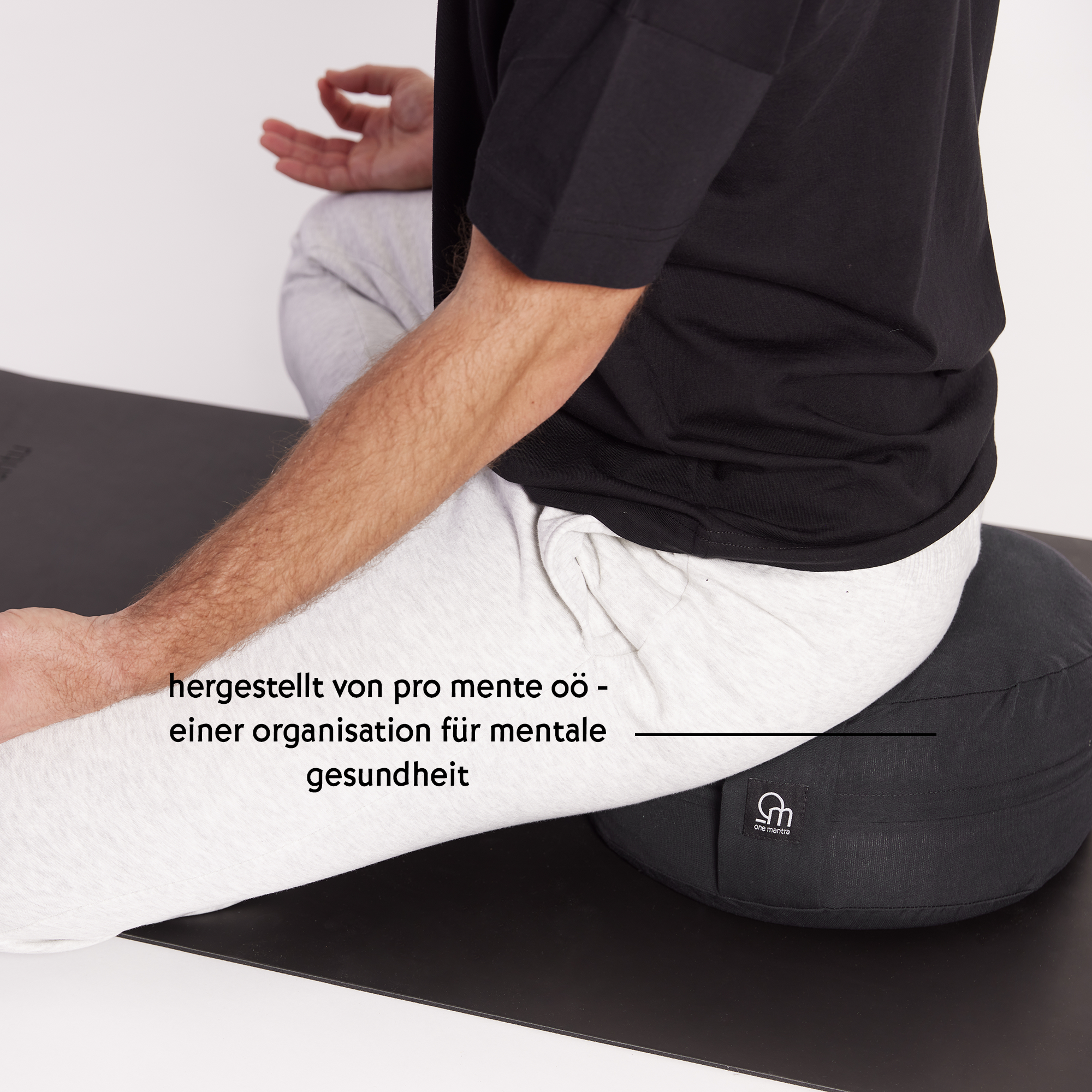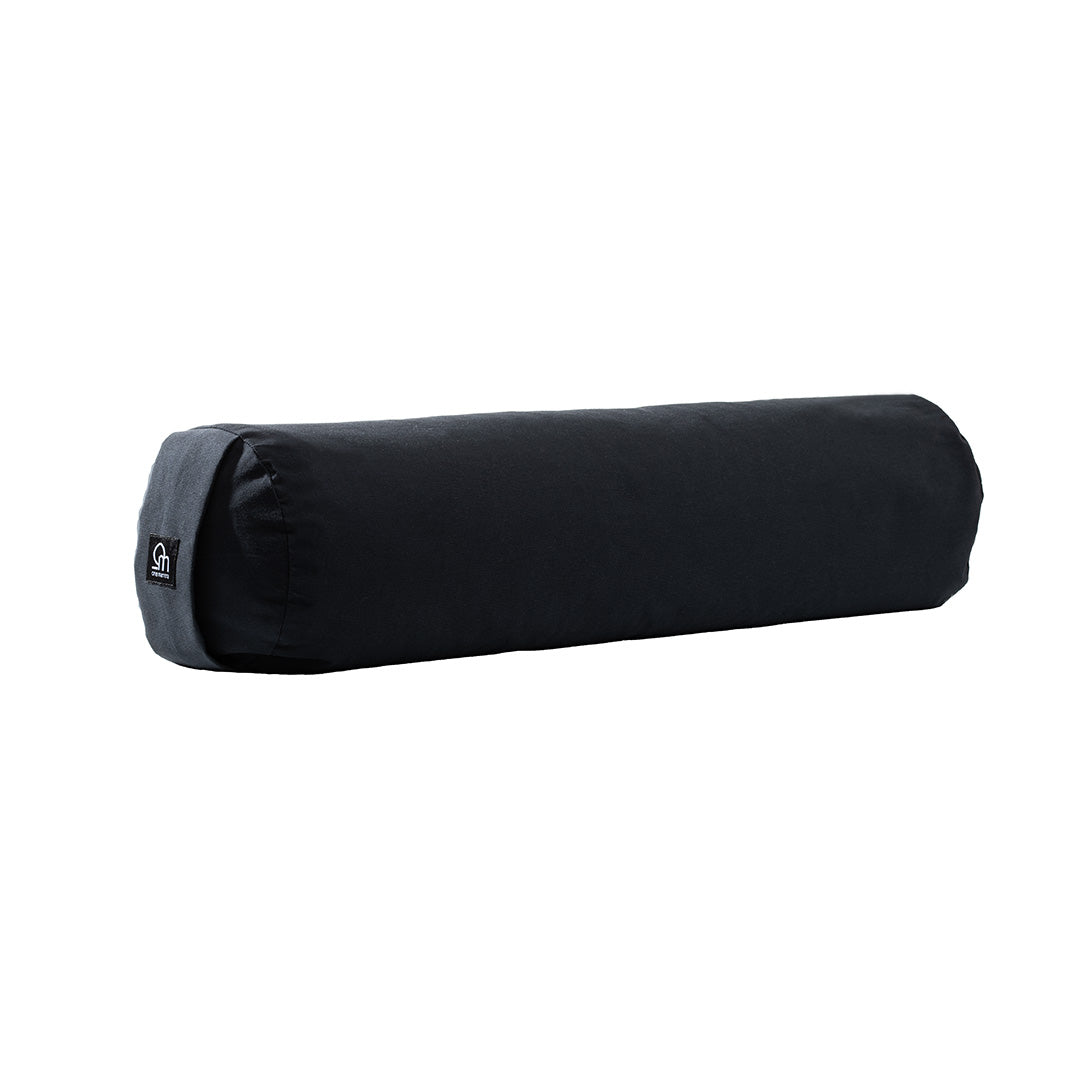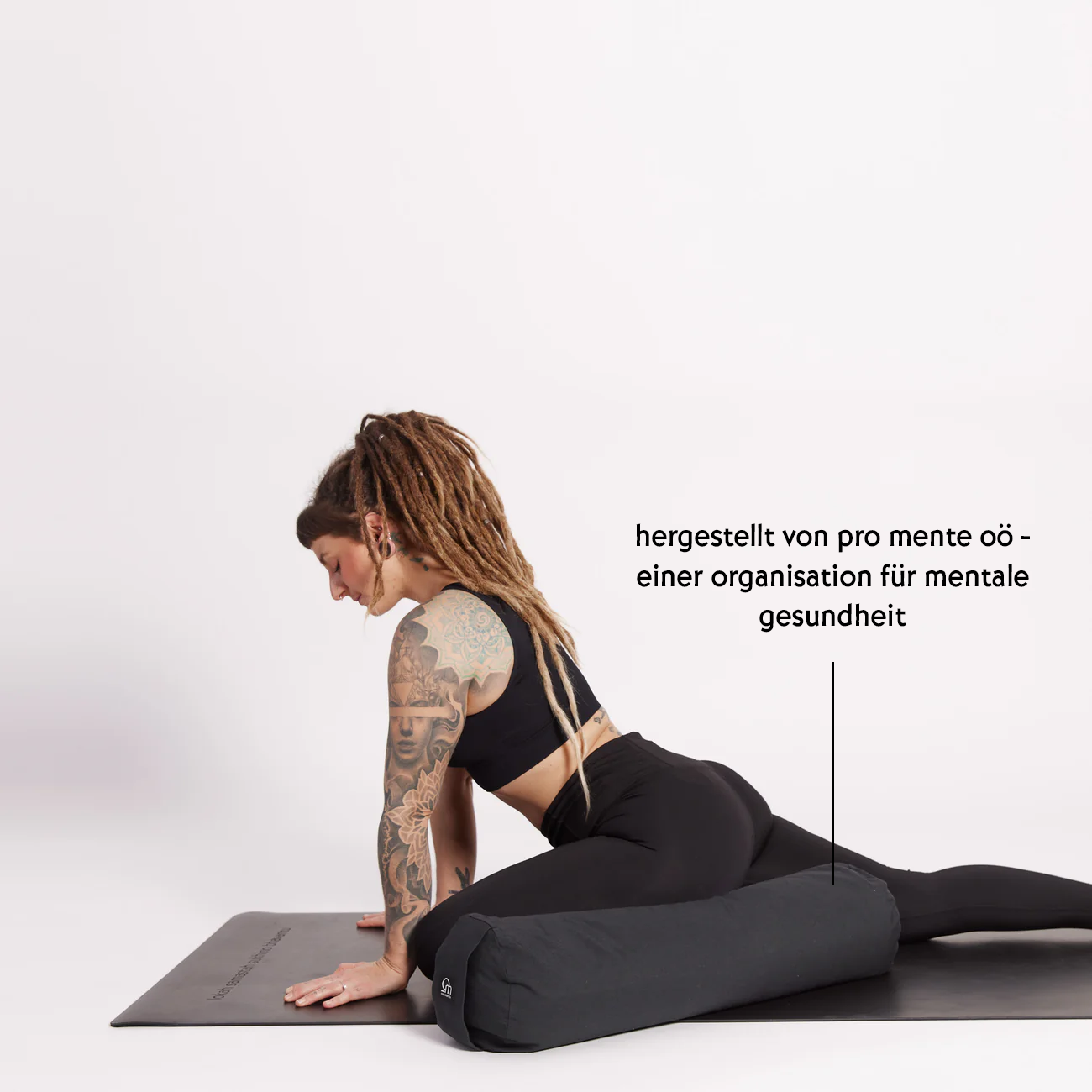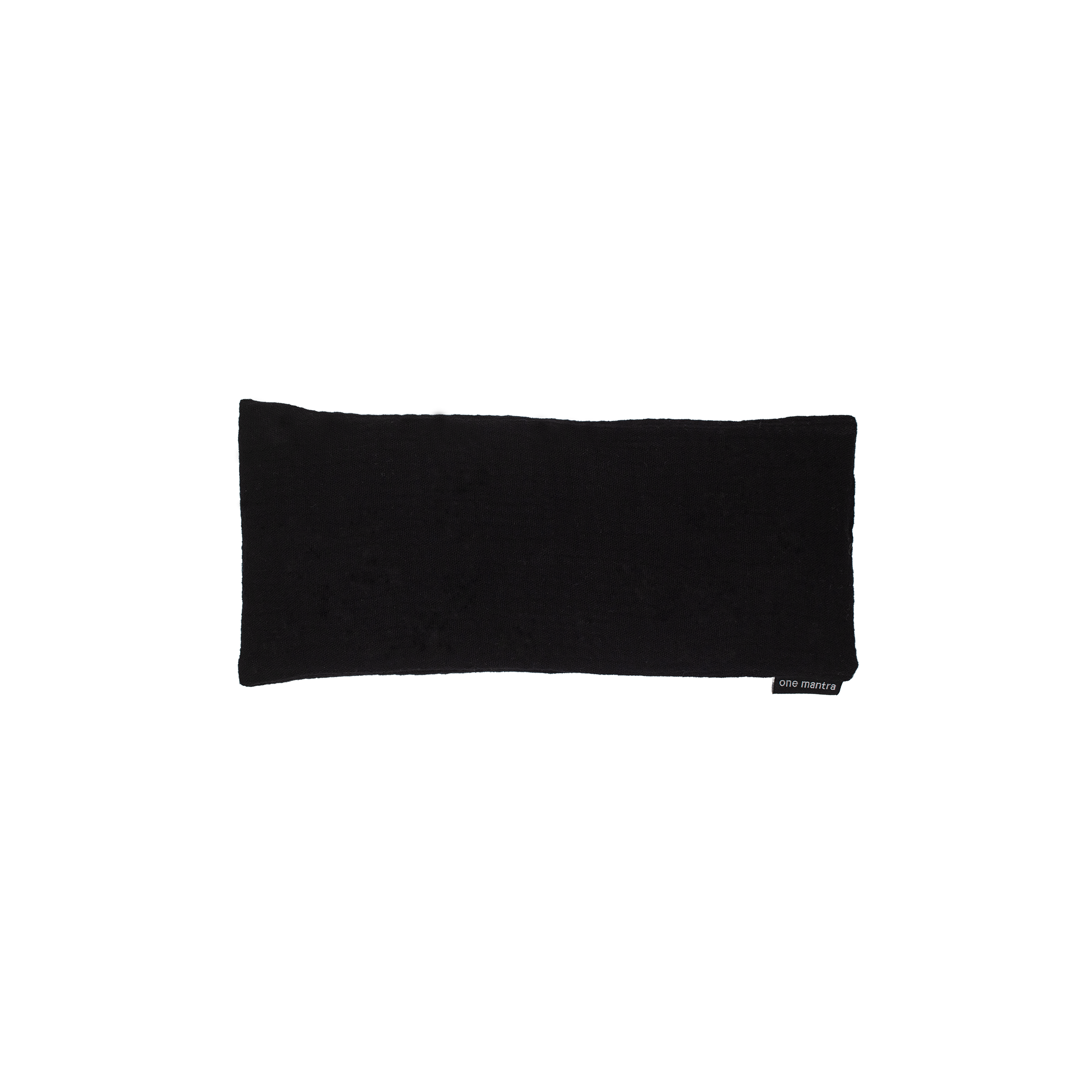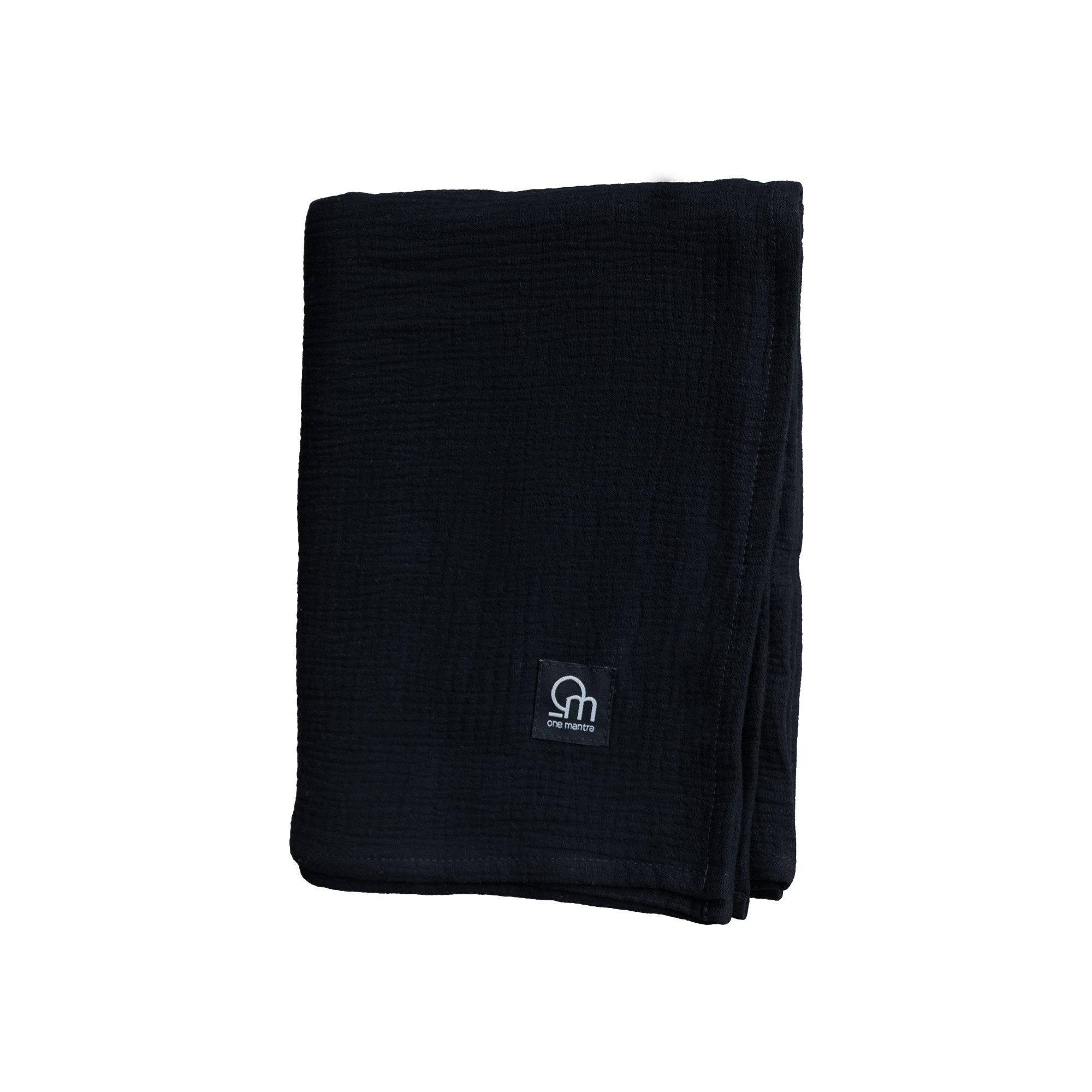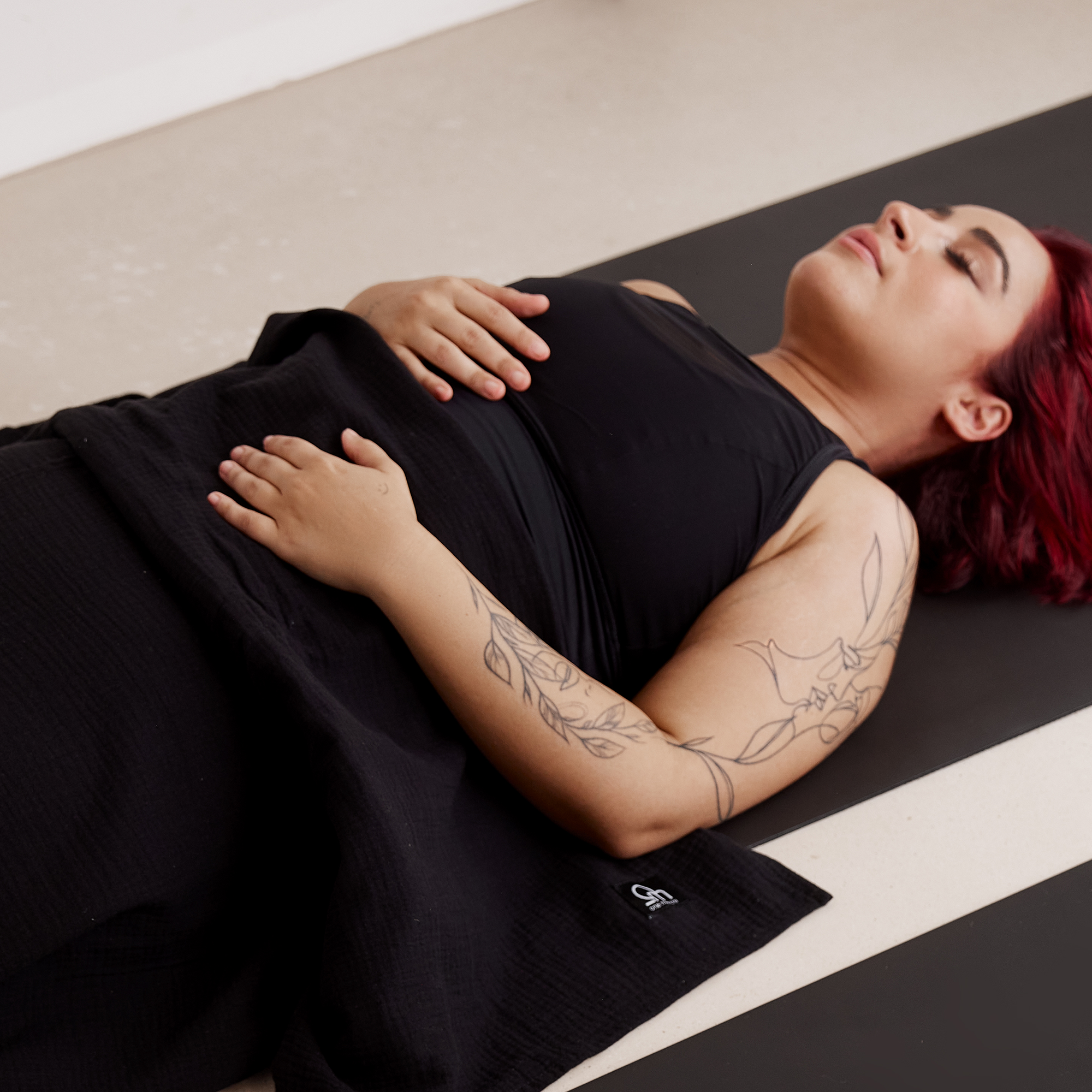Hot yoga is enjoying growing popularity worldwide. It's no wonder: The combination of intense physical exercise and high temperatures promises not only an effective workout but also numerous health benefits. In this blog post, you'll learn what hot yoga is, what benefits it offers, and what you should keep in mind when getting started.
The following blog post covers these topics:
- What is hot yoga?
- The benefits of hot yoga
- Tips for beginners
- Conclusion
- The most frequently asked questions about Hot Yoga
What is hot yoga?
Hot yoga is a form of yoga practiced in a heated room at temperatures between 30°C and 40°C. There are many variations and styles collectively known as "hot yoga." The goal of the elevated room temperature is to warm up the muscles, promote flexibility, and support the body's detoxification through increased sweating. At the same time, the cardiovascular system is activated, making the practice more physically intense than yoga at normal room temperature. Hot yoga is often combined with dynamic yoga styles such as Vinyasa or Power Yoga, where the heat makes the flowing sequences of movements even more challenging while being easier on the joints. Many practitioners value not only the physical aspect but also the feeling of deep inner cleansing and mental clarity that follows the practice.

The benefits of hot yoga
1. Intense sweating and detoxification
The high temperatures stimulate sweat production, which is intended to cleanse the body of toxins.
2. Improved flexibility
The heat helps to make muscles and joints more supple, allowing you to go deeper into stretches and improve your flexibility faster.
3. Strengthening body and mind
Hot yoga requires strength, balance, and concentration. Regular practice can increase your muscle strength and strengthen your mental stamina.

Tips for beginners
- Drink plenty of water: Start the class well hydrated and bring a water bottle with you.
- Wear light clothing: Choose breathable and moisture-wicking materials.
- Get used to it slowly: Listen to your body and don’t overexert yourself.
- Take regular breaks: It's perfectly fine to take a break and regroup every now and then.
Conclusion
Hot yoga is a challenging but rewarding experience for both body and mind. If you're ready to work up a sweat and take your fitness to the next level, hot yoga might be just what you need!
The most frequently asked questions about Hot Yoga
Is hot yoga suitable for everyone?
In principle, hot yoga can be practiced by most people. However, individuals with cardiovascular problems, low blood pressure, or pregnancy should seek medical advice beforehand.
How often should you practice hot yoga?
For beginners, two to three sessions per week are recommended. As you gain experience, advanced athletes can train four to five times per week.
What should I eat before a hot yoga class?
Eat a light meal about two to three hours before your class. Avoid heavy or fatty foods so your body can better concentrate on the exercises.
What equipment do I need for hot yoga?
You will need a non-slip yoga mat like the one from one mantra, a towel for the mat and another for yourself, and plenty of water.
What should I do if I feel dizzy during the class?
Immediately sit down on your mat, continue breathing calmly, and drink water. It's important to listen to your body and not feel shame if you need a break.
Can I practice hot yoga at home?
Yes, with proper preparation, you can practice hot yoga at home. Make sure the room temperature is sufficiently warm and the humidity is good.

